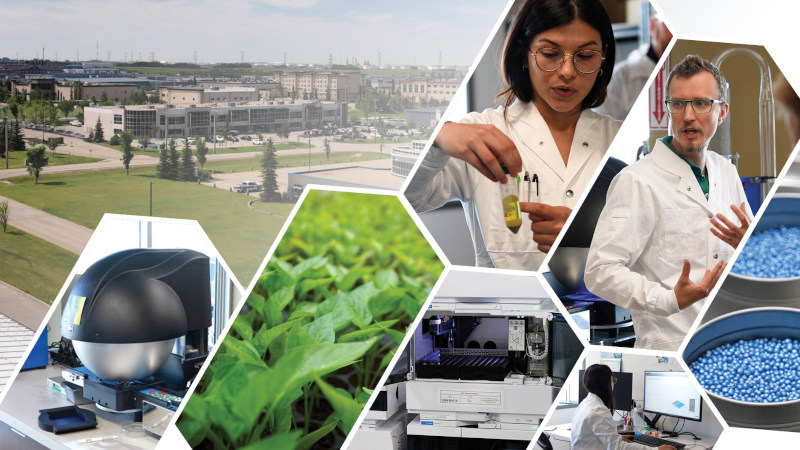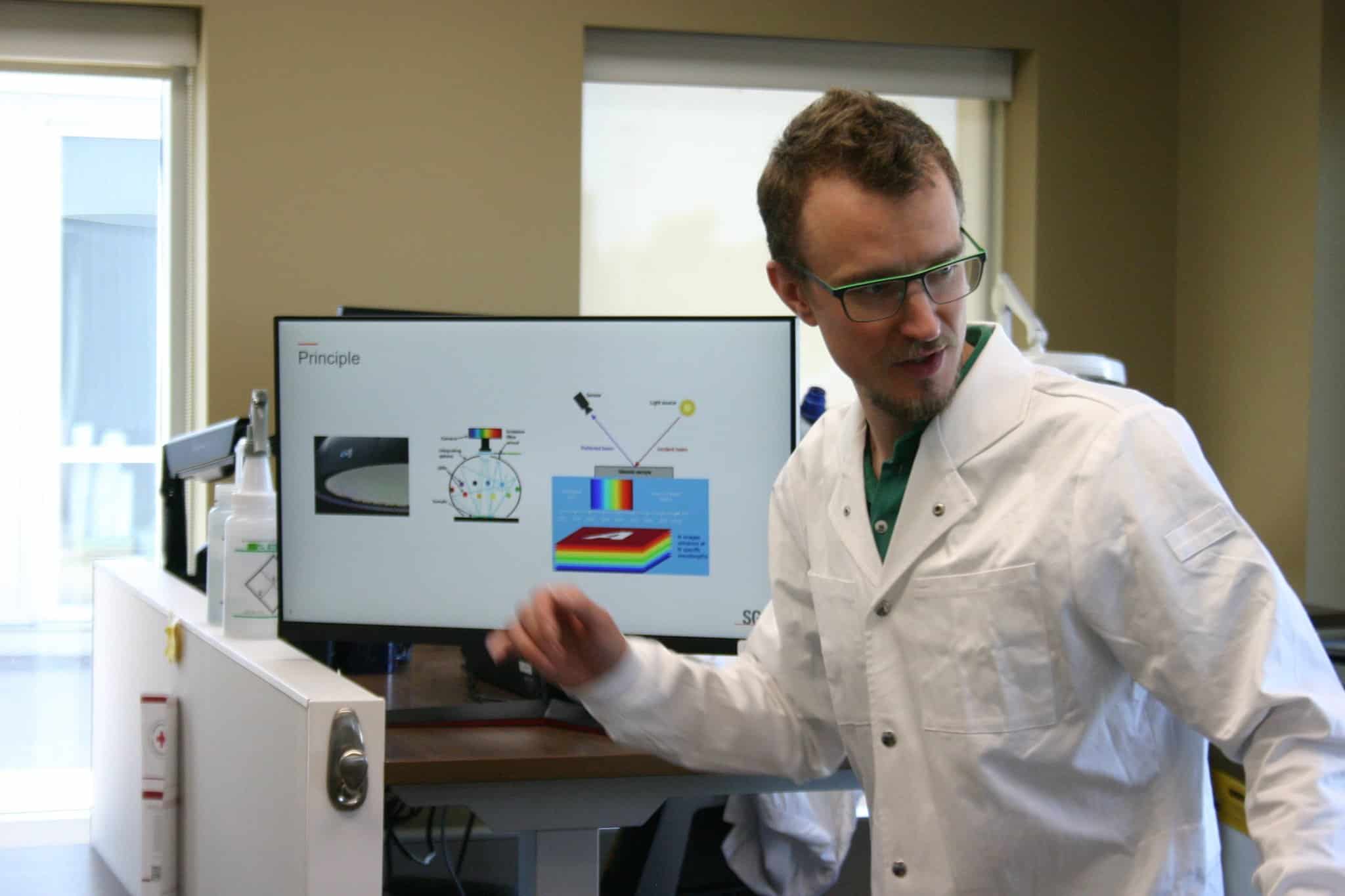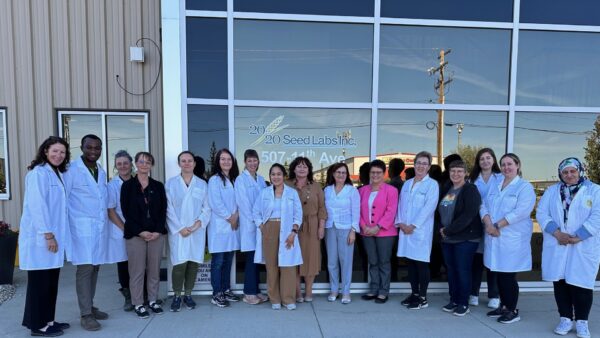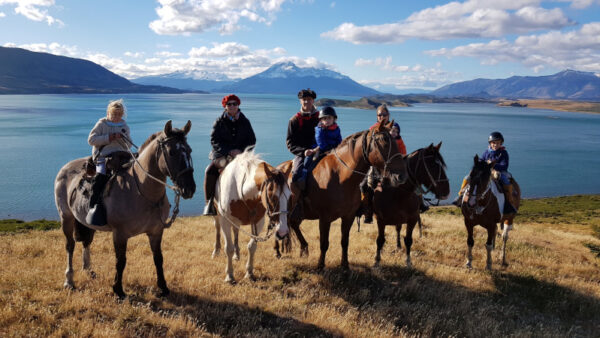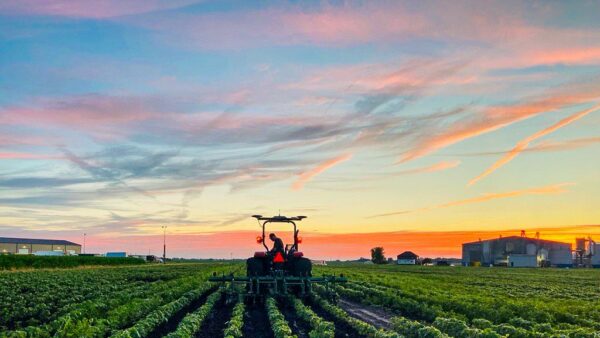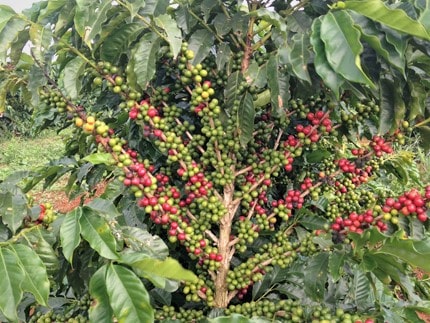Successfully adopting new technologies isn’t as simple as putting a new machine in the lab. It requires regulatory and industry know-how that only comes from experience.

My journey in seed analysis began nearly 30 years ago, more by chance than by choice. Over the years, what started as a job has turned into a passion, fueled by the ever-changing landscape of technology. What’s become clear to me is that it isn’t just the technology that sets a seed lab apart from the pack — it’s the people who make up that lab’s team who truly unlock the potential of these technological advancements.
Innovation in seed analysis is moving at a remarkable pace, and the integration of technologies like artificial intelligence (AI) and robotics is at the heart of this evolution. AI, particularly through machine learning and image analysis, is enhancing our ability to understand and predict seed performance. It’s not about replacing human expertise but augmenting it, allowing us to stay ahead in a rapidly changing industry.
Robotics is another area where we’re seeing significant innovation. By automating tasks that are dull, dirty, or dangerous, we’re not just improving efficiency — we’re making strides in safety and sustainability. Reducing human exposure to hazardous chemicals is a key benefit, aligning with broader goals of creating safer, more sustainable working environments.
Analytical chemistry is another exciting frontier, allowing us to focus on active ingredients, which broadens the scope of what we can analyze.
All the above innovations aren’t just about adding services; they’re about evolving our capabilities to meet the complex needs of today’s seed industry. It’s a process that requires collaboration, something a successful seed lab must actively do to ensure they’re keeping pace with the change taking place out there.
When it comes to new crops and species, my first step is always to consult with regulators. They provide guidance on where these new crops fit within the Canadian Methods and Procedures for Seed Testing. If a new species doesn’t neatly fall into an existing category, the next step is to find similarities with other species.
From there, we embark on an extensive validation process to ensure that the services we’re offering for that new crop or species are reliable.
This validation isn’t something we do in isolation. We have a strong network of labs within our organization that we can collaborate with, and we also tap into our global connections. We work closely with colleagues around the world, through organizations like the Canadian Food Inspection Agency and the International Seed Testing Association, to make sure that our methods and services are up to the highest standards.
The challenge is to ensure that as seed technology advances, our analytical methods advance with it, maintaining the highest standards of quality and reliability.
In July, our lab in Sherwood Park, Alta., hosted a group of attendees from the Seeds Canada annual conference. This event was an opportunity to demonstrate how we’re expanding our services beyond traditional seed analysis. The aim was to show that seed analysis is just one part of what we do. The real strength lies in our team of experts, who bring a deep well of knowledge and dedication to every project.
Our operations extend beyond our Sherwood Park lab. With facilities in Alberta, Ontario and South Dakota — the latter being home to the largest private seed lab in the world — we’re well-positioned to tackle the diverse challenges of seed analysis across North America. Our work in genomics, field research, and analytical chemistry allows us to offer a wide range of services, tailored to the unique needs of different regions and crops.
What truly sets our team apart is not just our access to cutting-edge technology, but the professional competency, commitment, and collaborative spirit that drive our work every day. It’s a privilege to lead such a dedicated group, and I’m eager to see where these innovations will take us in the years to come.
Our team members — especially those managing the operational side — are going to experience more technological change in the next five to 10 years than I’ve seen in the last 28. And that’s saying something, considering I was around when the internet was first introduced.
It’s an incredibly exciting time for seed analysis because these changes aren’t about replacing what we do — they’re about enhancing it. The possibilities that this new technology will unlock for us are truly remarkable, but it’s only the most experienced people who will unlock that potential and bring it to those who can benefit from it.


